This model was part of the “The G” series, which is, in my opinion, the vaguest series Casio ever produced. The term “The G” was introduced for G-Shock models that were Tough Solar and had a Waveceptor function. Casio uses the name Waveceptor for time pieces that are able to receive the signal from one or more Atomic Time transmitters.
Maybe it was a good idea in the beginning, but Casio has set a goal to make Tough Solar Waveceptor models the norm. Of course this is a very good idea, as in large parts of the world (why isn’t there a public signal in Australia) you don’t need to set your watch to the correct time and date and you don’t have to worry about DST settings, but on the other hand, this means that there are going to be a lot more “The G” models. Technically this would mean that models like the GW-7900, GW-6900 and the GXW-56 King, which are more or less basic models in the G-Shock line, would be part of the “The G” line. I frankly have no idea when Casio stopped using the term “The G”. I guess it started with the revival of the Master of G series in 2006, as there was an Atomic Mudman model, which was also the first multi-band model. Before the GW-9000 Mudman models could or only use the Waveceptor function in Japan and the US, or only in Europe (the Chinese public Atomic Time transmitter was not used yet).
The more serious and stylish look of this model make this watch suitable for work at the office. The official description of the watch says the GW-1200 series watches were aimed at the senior people. I guess they mean this model is aimed for an older public than the bright colored resin models. A similar description can be found on the MR-G series. Remarkable is that around the same time Casio released the MRG-2100DJ model. This model has very much the similar look of the GW-1200, but the use of titanium instead of stainless steel and the use of DLC coating makes this watch cost about 2 times the price of the GW-1200J, which wasn’t actually cheap either.
Remarkable for this model is that the case is totally covered with metal, without that the signal reception is affected. For those who do not know much about electromagnetic fields, a case that is covered entirely by metal or metal wire is called a “”Cage of Faraday”. Electromagnetic waves cannot pass a cage of Faraday. I think that metal parts of the bezel function as an antenna to surpass this problem.
The bezel is by the way not totally made of metal. There are small parts on the side made of resin. I think they function as bumpers, that which would not scratch as easily as the metal does. Also the attachments of the bracelet are made of, or covered with resin.
The watch feels pretty heavy, which is probably mainly caused by the bracelet. Casio used solid links on this model. The most metal parts of the watch are brushed metal. Only the buttons (including the light button) and a part above the “G-SHOCK” text on top of the watch are not brushed. The back of the watch is very beautiful etched. It shows the “The G” and a big “SHOCK RESIST” logo. I think the back of the watch shows you that Casio has done their best to make a high quality watch.
The heart of the watch is the 3334 module. It can receive Atomic Time signals on the 40 and 60 Khz bands, which include the JJY40, JJY60 and WWVB transmitters. JJY40 is located on mountain Okatadoya (Ootakadoya-yama) near Tamura-gun in Fukushima Prefecture. This transmitter was for a long period out of service after the big earthquake and tsunami on March 11, 2011. This transmitter covers the north part of japan. JJY60 is located on Mountain Hagane (Hagane-yama), near Itoshima in the Fukuoka Prefecture. JJY60 covers the south part of Japan. These transmitters are relative young, as they were founded in 1999 and 2001. The WWVB transmitter started its service in 1956 and is located at Fort Collins, Boulder, Colorado. This transmitter also sends out a signal on the 60 KHz band. This is probably why in the beginning the Japanese Waveceptor models (except for the Antman) also could sync on the WWVB signal.
The blue part of the dial is the solar panel of the watch. At the 12, 3, 6 and 9 position there are 4 small round digital displays in the dial. Personally I think that on ana-digi models, like this model, the analog time is superior to the digital displays. It’s kind like the date (and day) displays you’ll find on mechanical watches. You can read the information, until a hand covers the display. The top display (“eye”) shows if the signal is received and the receiving signal strength. When the signal is received, a big G appears in the middle of this display. You won’t see it in my pictures (except for the Display Test Mode photo's), as I can’t receive the signals in Europe. This eye does also shows if the alarm function and the hourly chime are active. It also can show Recovery mode, which happens when the battery has drained too much energy in a too short time, for example when you use the light many times in a row. The voltage of the battery then might drop too low and needs time to “recover”. The 3 o’ clock eye display in which function you are. The display below can show you different views of time and date, in combination with the 9 o’clock eye. In timekeeping mode you can change the view by pushing the “Display” button (upper right) in the following view combinations: time-seconds, day-seconds, day-date and date-seconds.
The photo's below show the eyes in "Display Test Mode". To achieve these displays you have to press the ADJUST, MODE and RECEIVE button simultaneously.
The watch features the following functions: a 30 city/29 time zone World Time function, an Alarm Function with 5 alarms and a hourly chime, a 60 minute Countdown Timer, a 100 minute Stopwatch function and a Hand Set function. The 60 minute Countdown Timer seems a bit short, but you can choose the Auto Repeat function to repeat the countdown up to 10 times (programmable). The Hand Set mode can be used as the hands do not correspond with the internal time. This function will not be used a lot on this watch as the watch sets it hands automatically to the internal time. Correction of the hands is probably only needed after the battery has run out completely or when a new rechargeable battery is installed.
The four possible display options in Time Keeping Mode. You can switch between these displays by pressing DISPLAY (upper right).
That analog time is prior to the digital displays is also featured in the LED backlight. Although the LED’s are clear and bright, they do not light the eyes, only the analog time. It would be great if the LED technology that has been used in the recent GD-100 models were already introduced in this model. Now the digital functions of this model are useless under dark circumstances.
As this watch is not yet multi-band, it would probably not be a model for me. Around the time this model came out, also the GW-1210 came out, which was also available for Europe. I bought myself a GW-1210 then for around €200. Although the layout of the dial is different, the watch had similar function and also the case looks similar.
I know Jurphaas bought this watch from Seiya Kobayashi-san in 2004 or 2005. It would not have been a cheap transaction, there the retail price of this model was ¥45000, which is even now a high price for a G-Shock model. I don’t know if many of these are around, there the more expensive models are sold in smaller volumes. If you live in Japan or the US, this is certainly a nice watch, if you like the stylish elegant look. It’s a good alternative for people who don’t want or can wear a bright colored or “cheap looking” G-Shock for their work and don’t want or can spend the amount of money for a MR-G model. The GW-1200J must be placed in the more expensive models like the newer MR-G and Giez models. Personally I would wear it more often if it could receive the signal from Europe, though my preference mostly go to the colored resin models. I can’t really put a value on this watch as they are not often for sale. I saw a GW-1210 for about the same price as I paid for mine, around €200 and a GW-1200CJ is sold for ¥30000 on Yahoo Auctions Japan. As the price is a result of supply and demand, I think the demand for this watch not big either. With the new Multi-Band technology there are a lot of interesting alternative in the Sky Cockpit, Giez and MT-G line in the same price range.

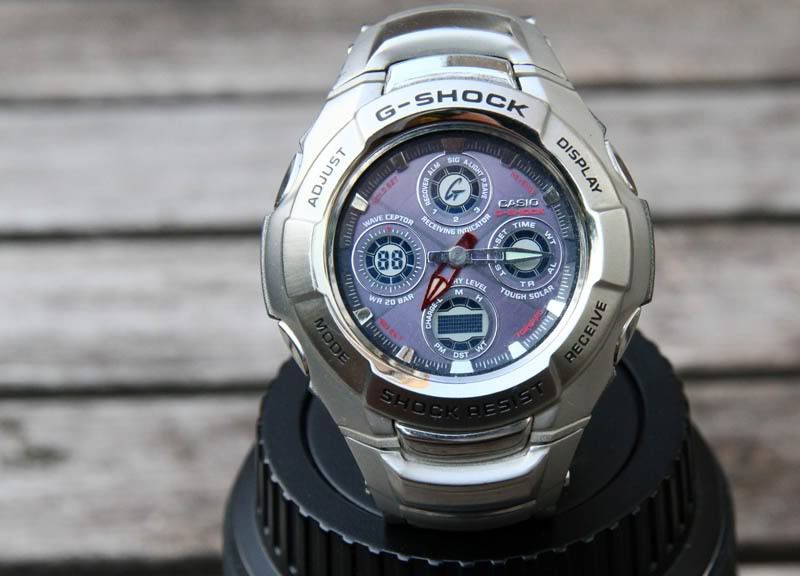
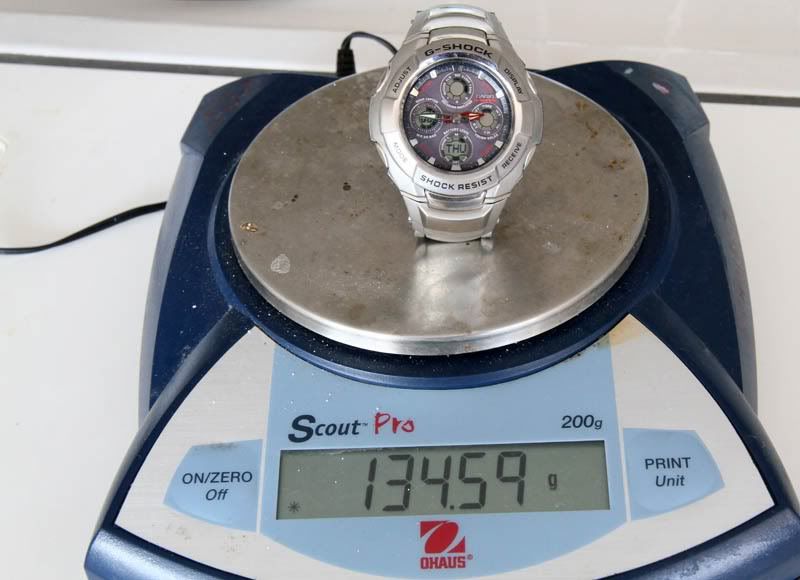


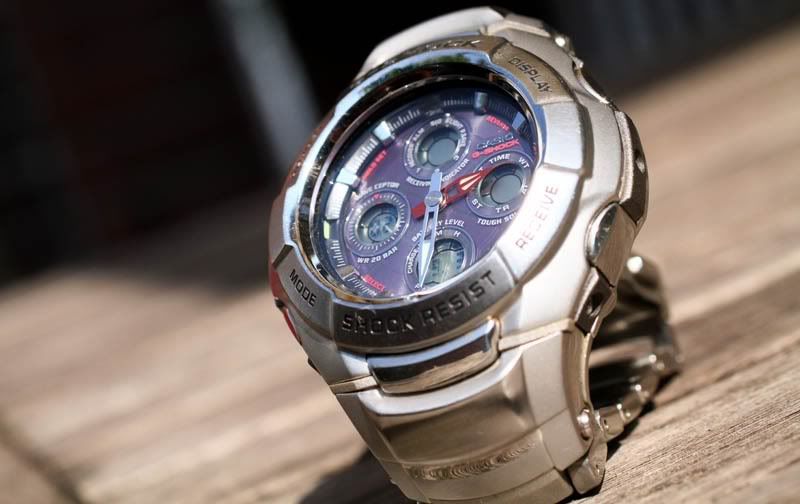

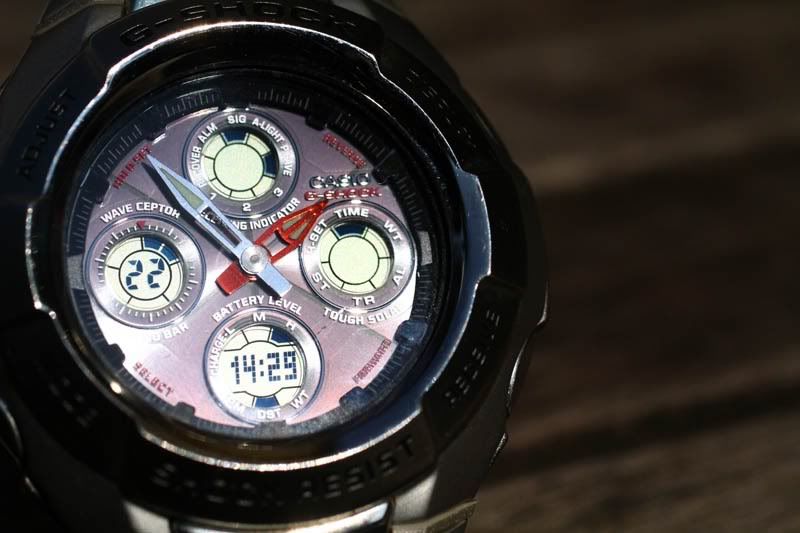
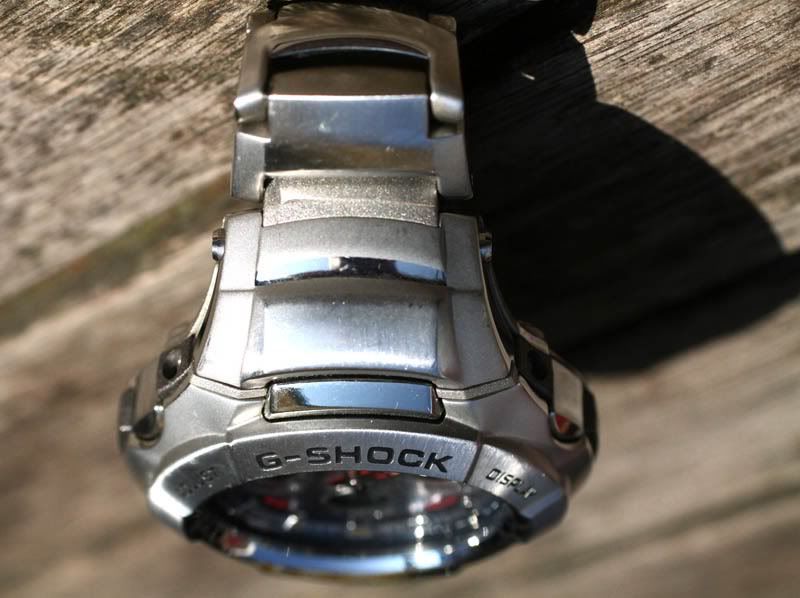
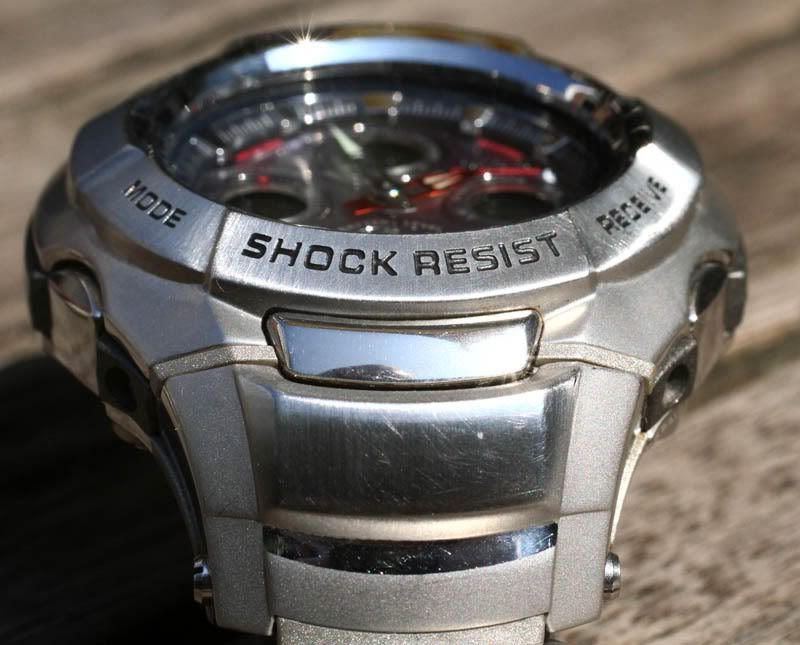

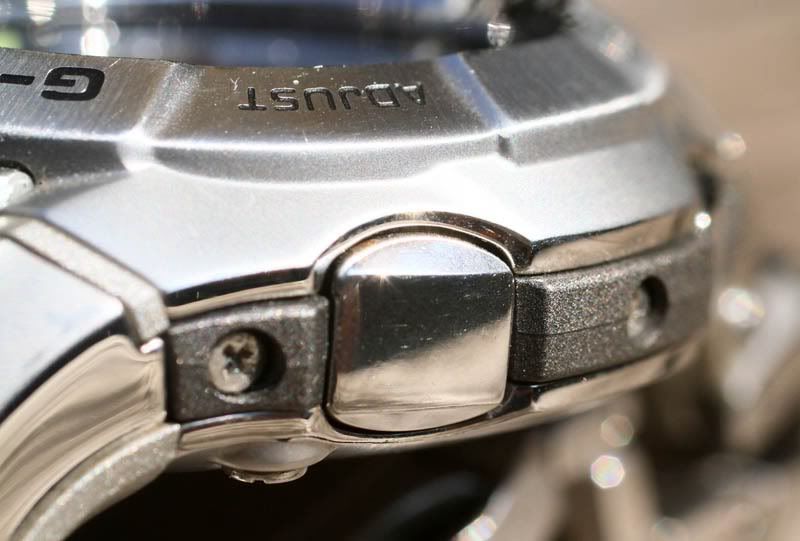

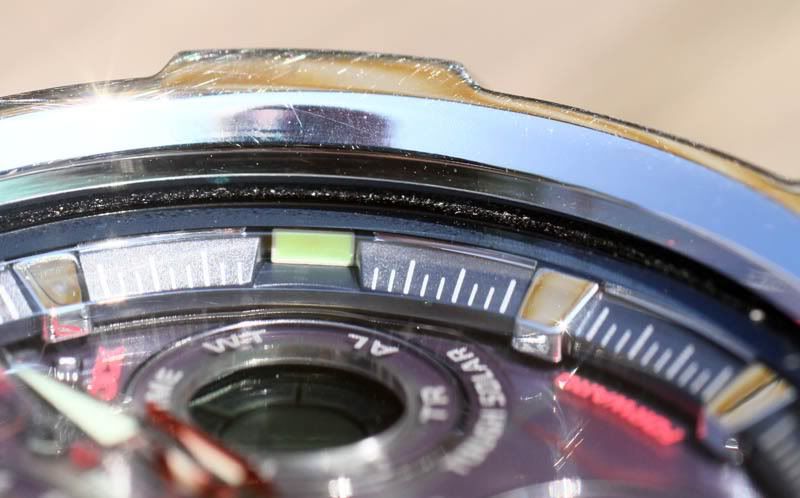
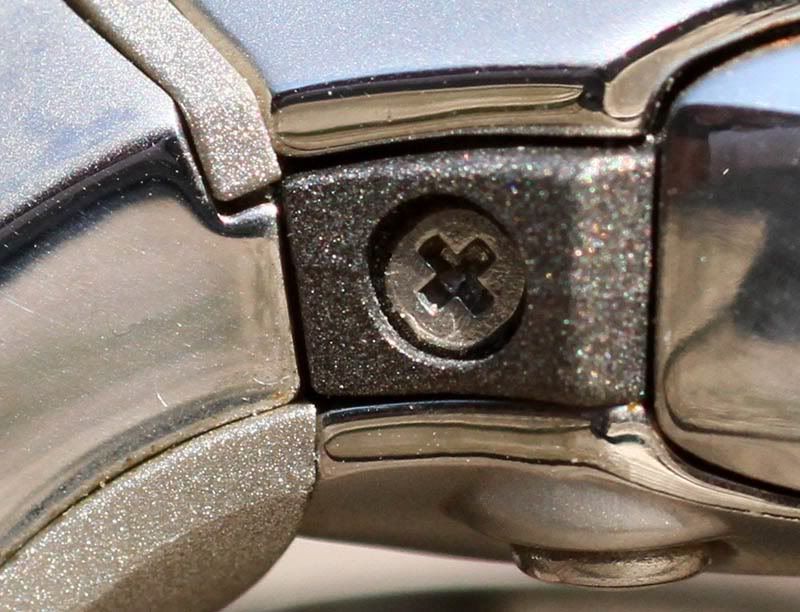
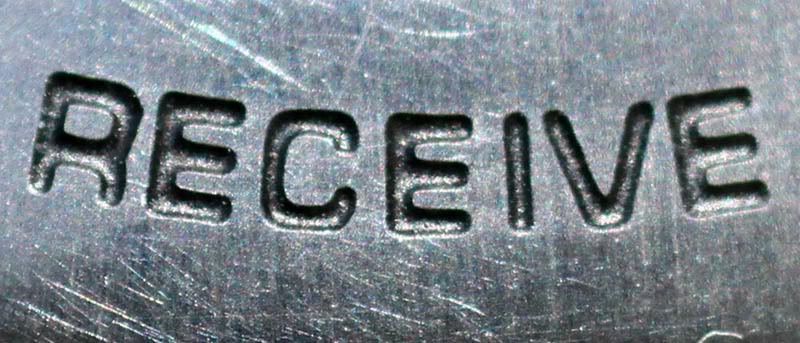
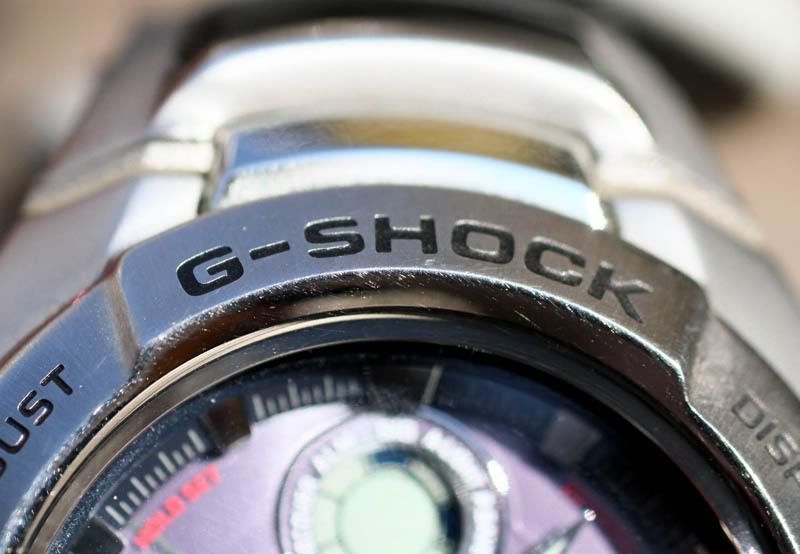
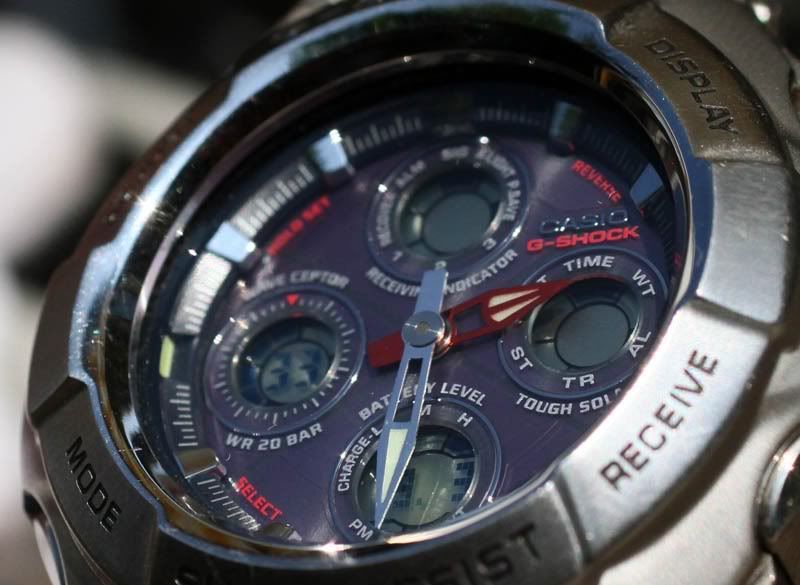
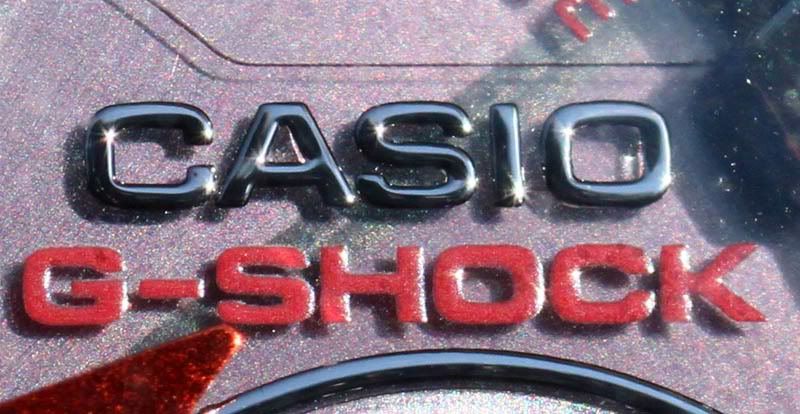


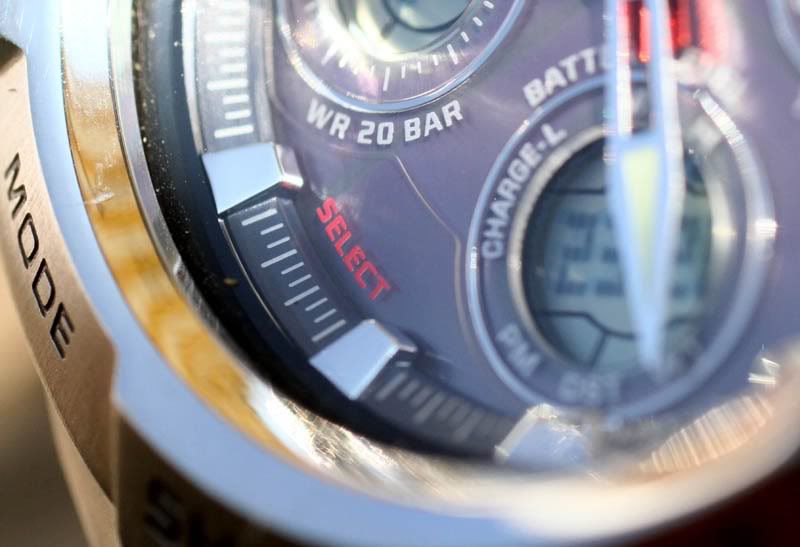
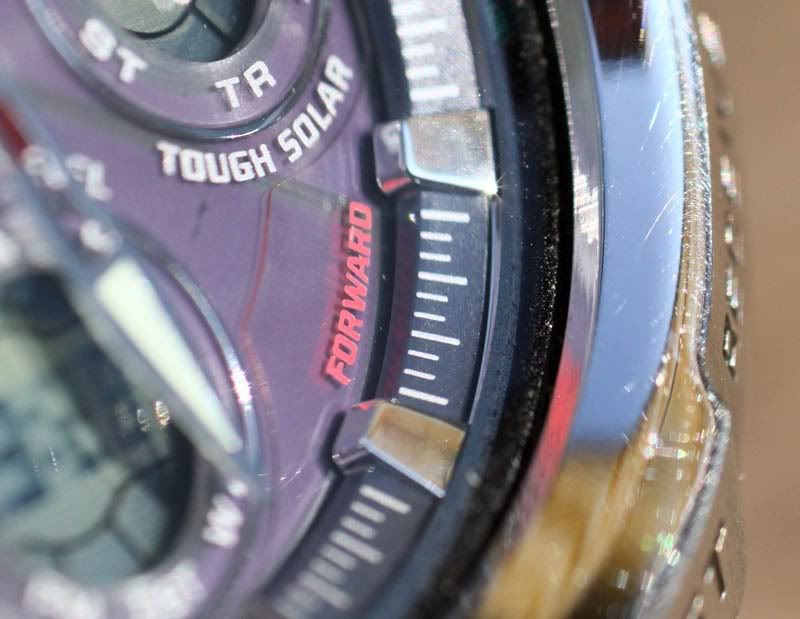

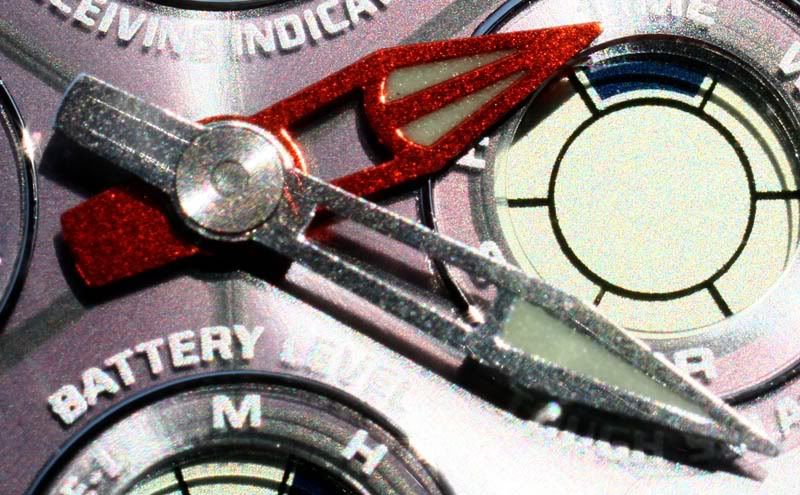
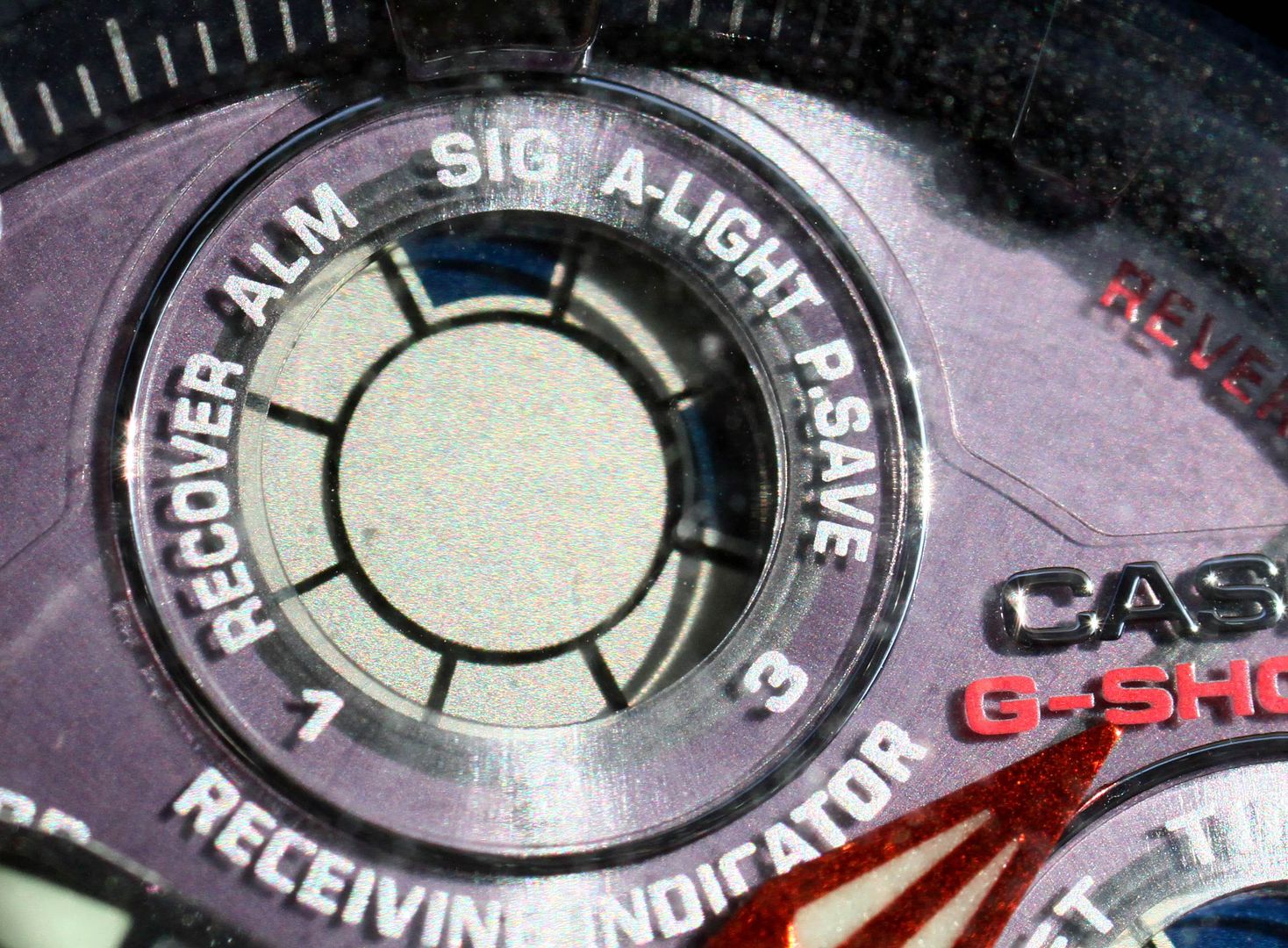
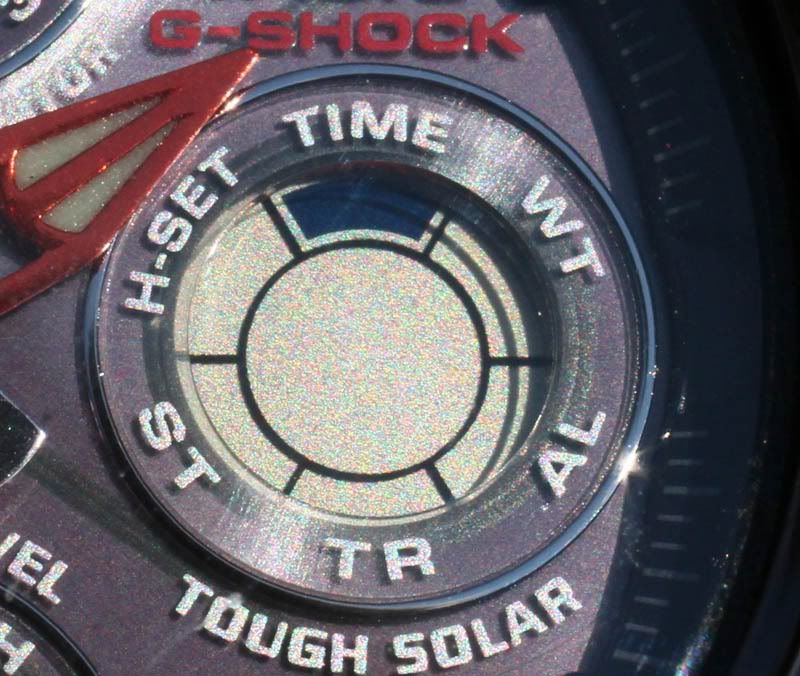

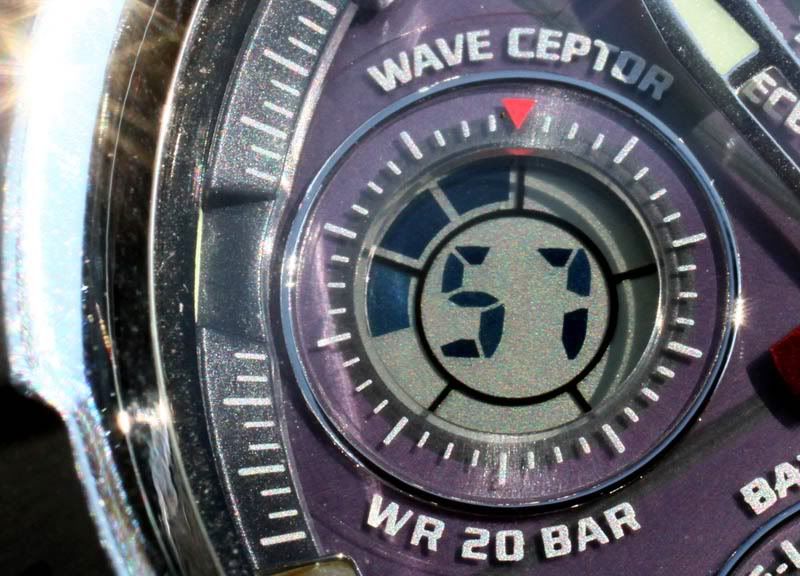
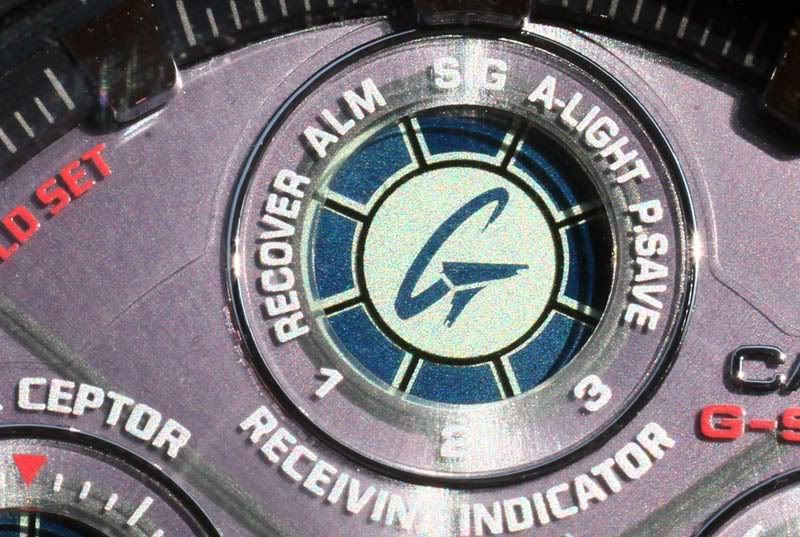


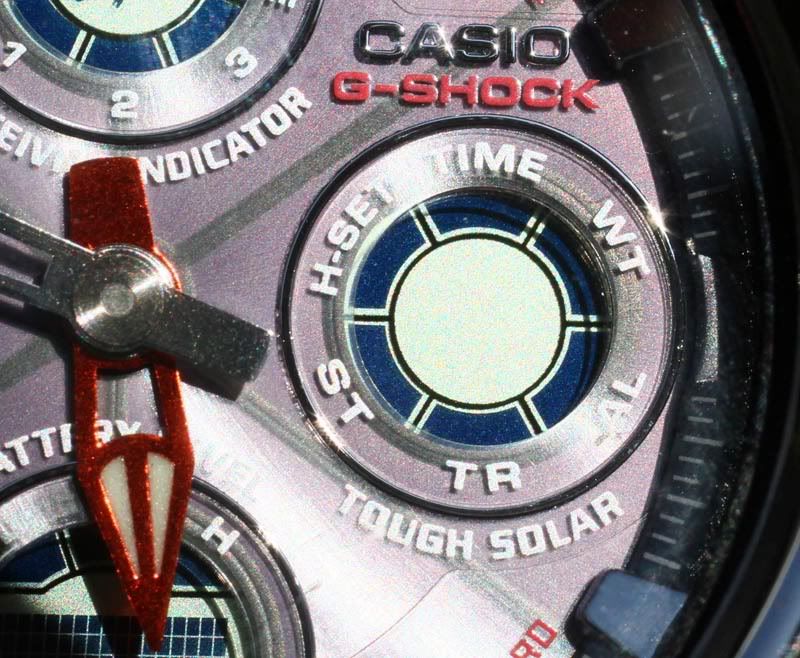
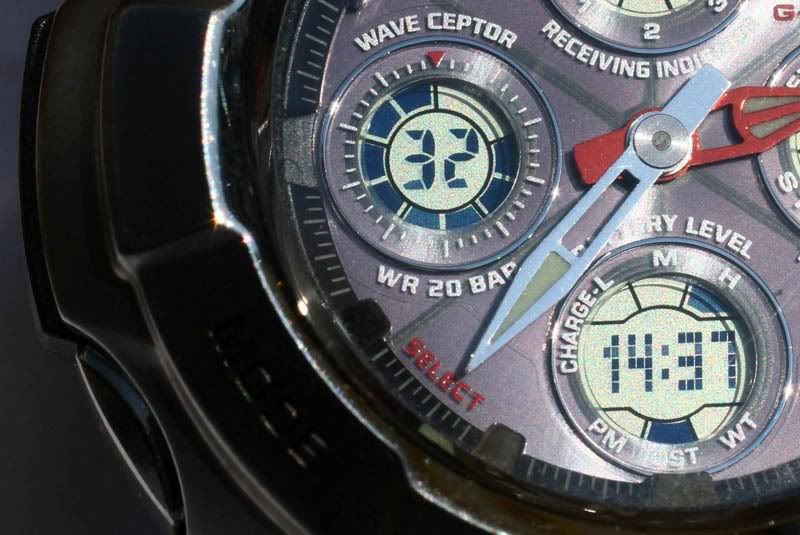


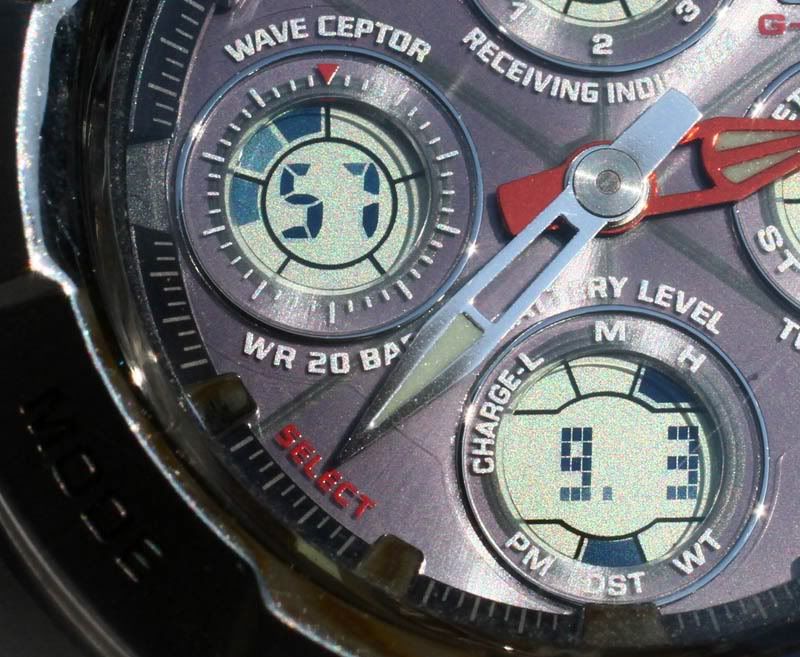
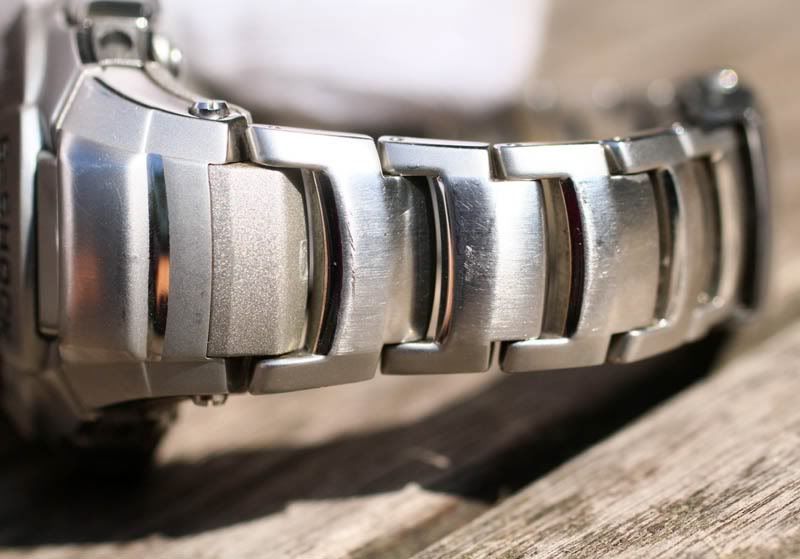

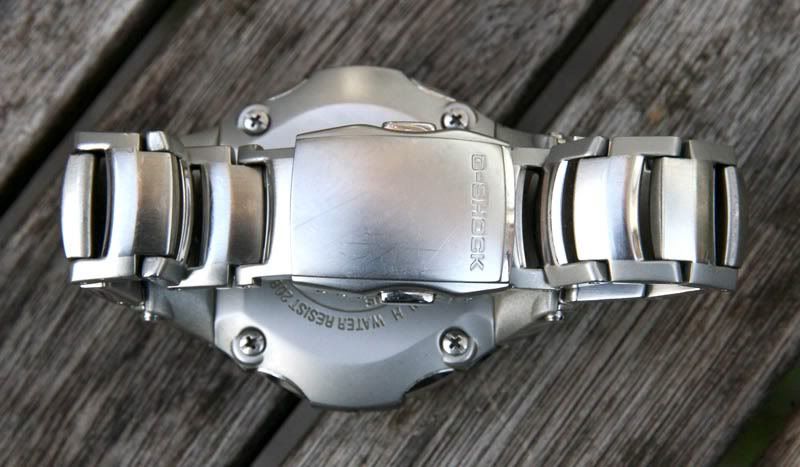
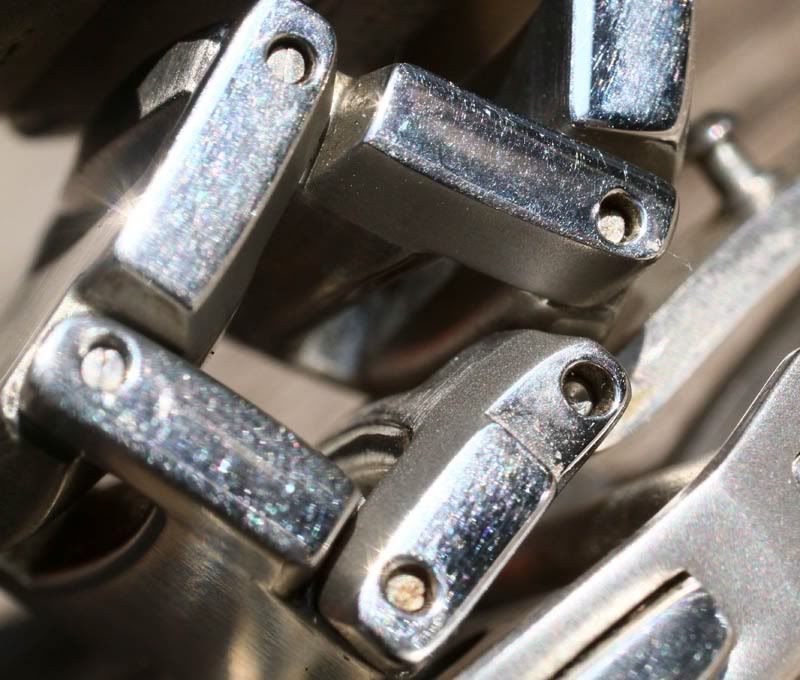
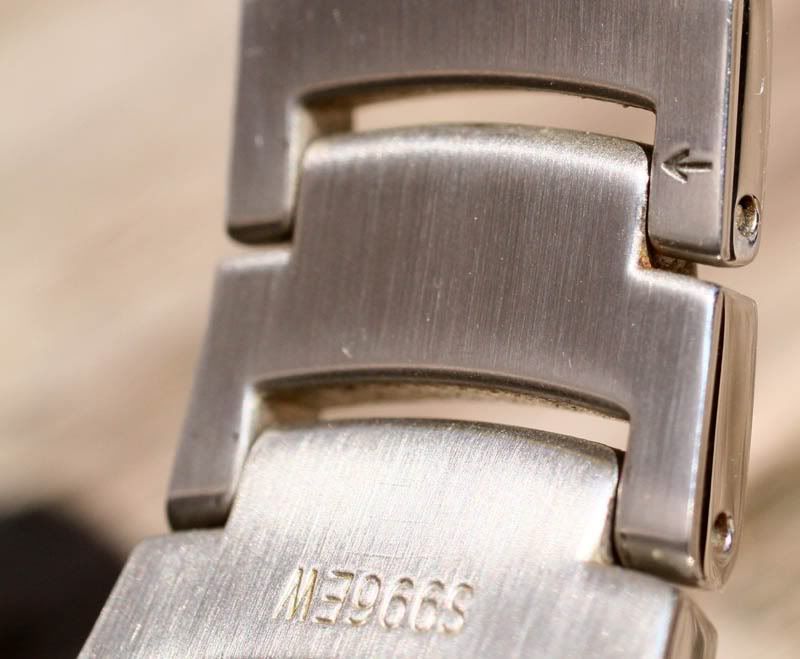

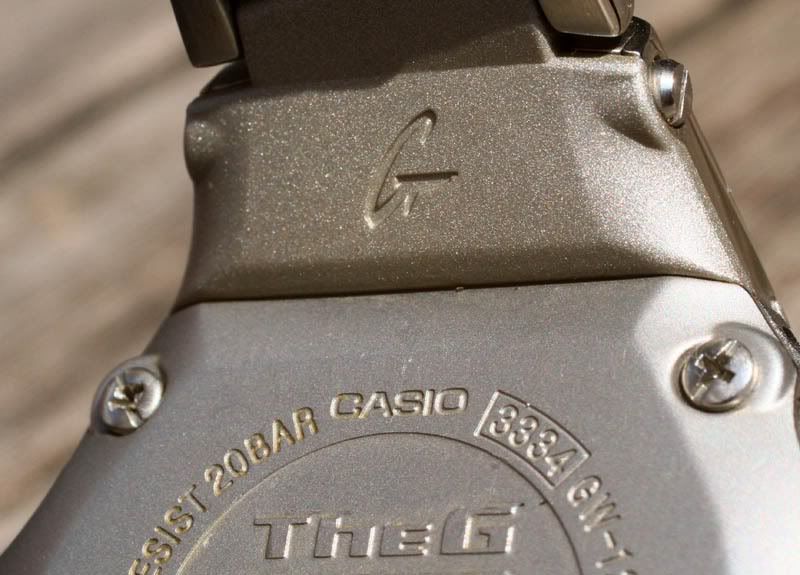



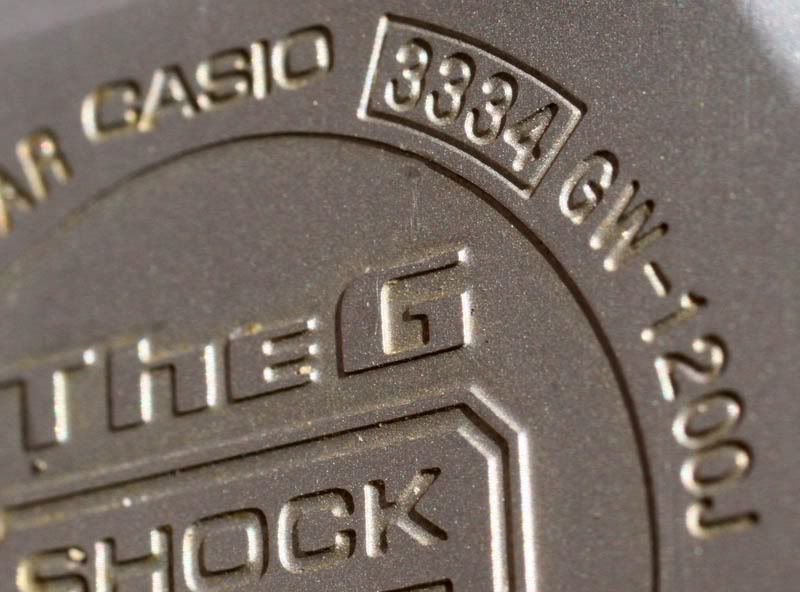
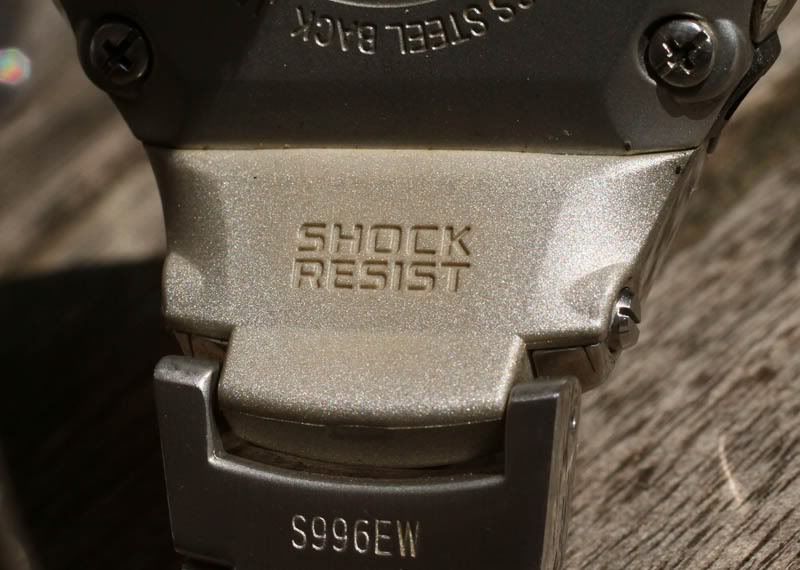
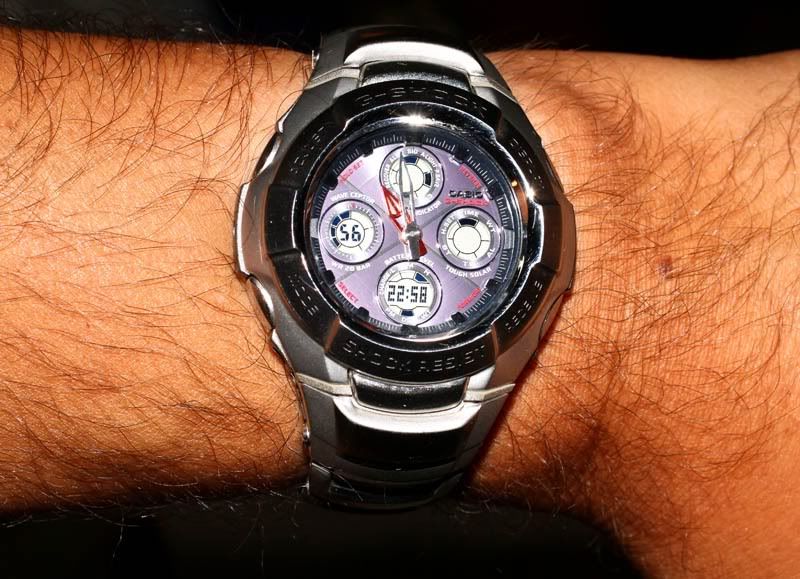
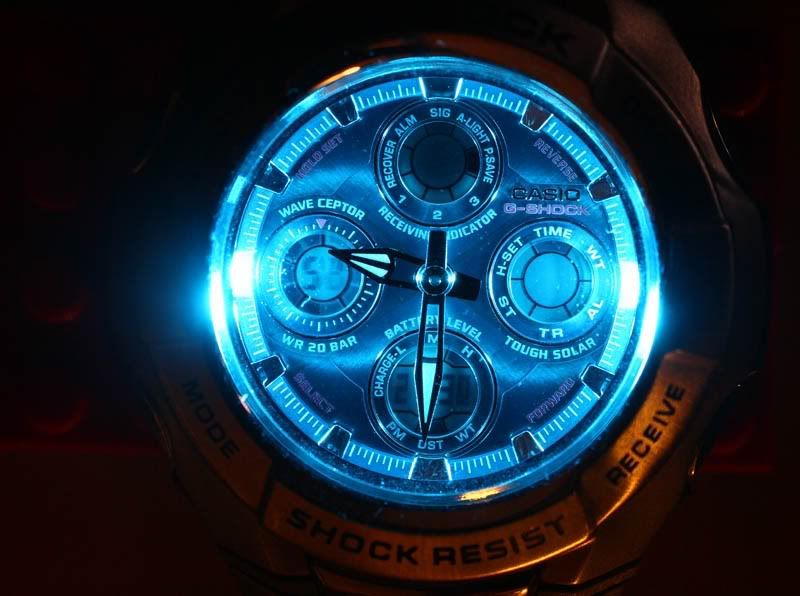

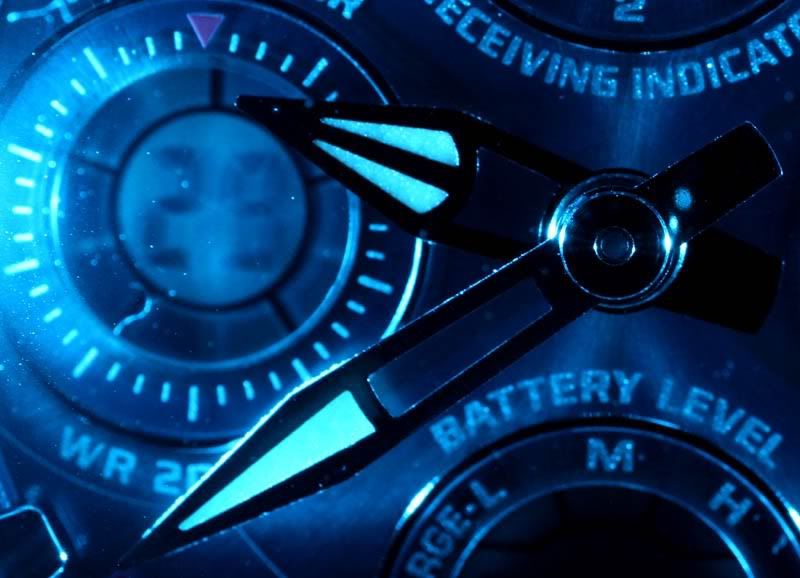
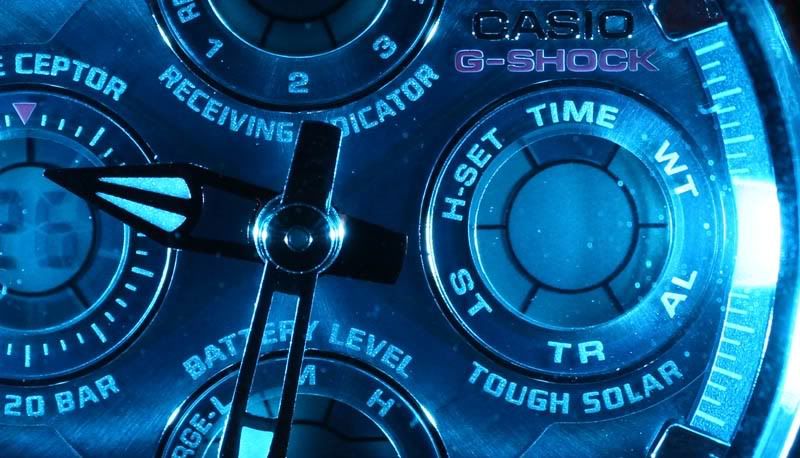


2 comments:
Hi Sjors.
Nice write up for GW-1200J-1AJF. Here in Singapore I have the GW-1201BD, module 3337 and black plating on the metal parts of the watch. It's the Non atomic model variant of your GW-1200-1AJF. A very solid watch indeed.
Nice Write up. I actually have this model and live in the US.
I bought mine online around 2006-2007. This particular Gshock kind of marked me "coming full circle" on gshocks in my lifetime. Last one I had prior to this was 15 years, when I was an adolescent. At the time, I went into a phase of "digital watches are for kids", hence my relationship with Gshocks were put on on hold for the next 15years.
The reason I bought this one at the time was that I was literally fed up with all watches. Bought cheap ones, dressy ones, and even a TAG. They either broke or like my TAG, the battery died. When I found out how much it was going to replace the battery in my TAG, I'd all but given up on watches. Until I read that Gshocks now had solar and atomic sync, which meant I didn't have to worry about battery changes, time sync was super cool, and beacuse it was a Gshock, I knew I wouldn't have to worry about it breaking.
It served its purpose well. Was a great watch to wear everywhere and for everything. I wore it to work, weekends, even to special occasions like weddings.
Your writeup was spot on in that it was perfect for me being an adult Age 35 at the time and a professional. Tough and stylish, perfect for the office. And yes, looks wise it's like a poor man's MRG :)
I passed this model on to my son 2 years ago. Around that time, the watch collecting bug kicked in and now among others, I have 3 Ghocks and one PAW1500y, all Atomic/Solar and I still want to buy more of them :)
Post a Comment